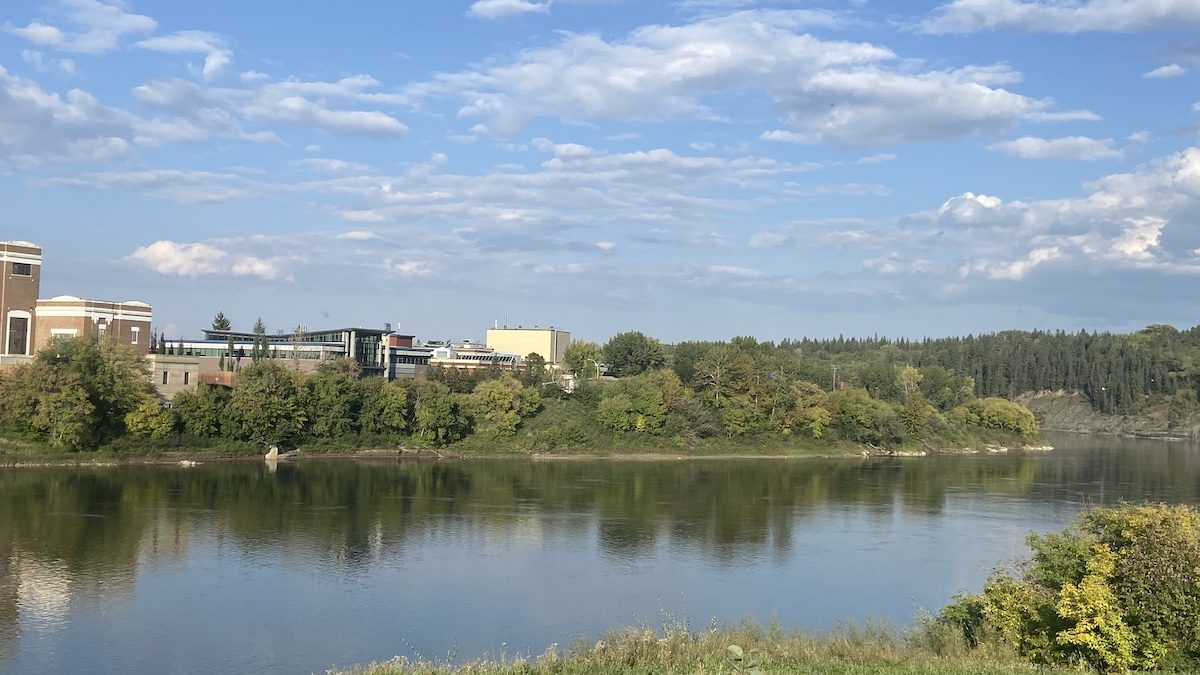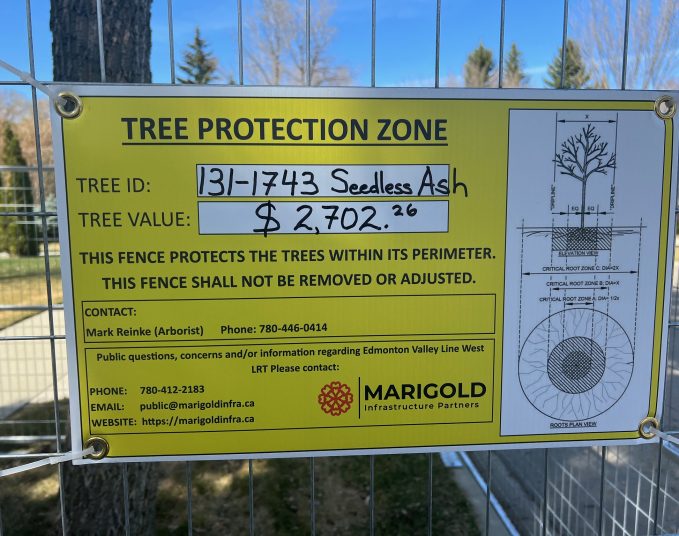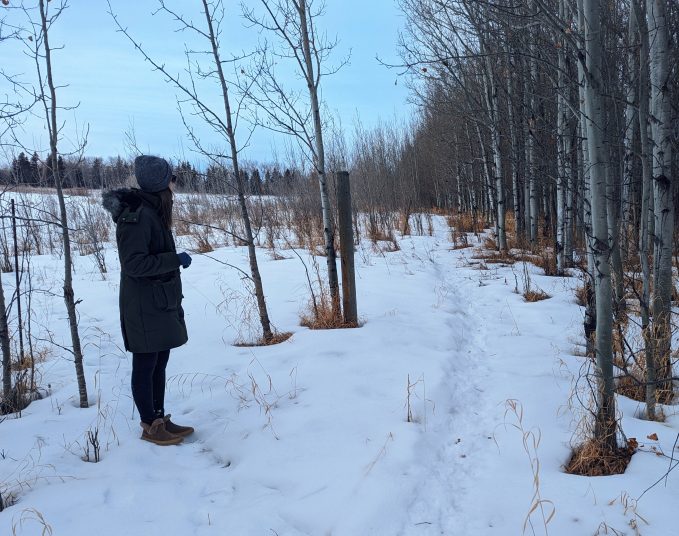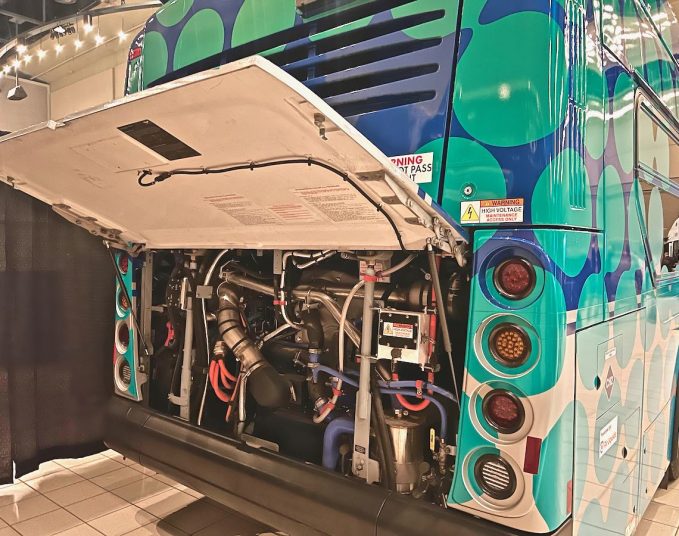Over a decade ago, when I worked for a major national media chain, there was an inside joke about how Edmonton produces the strangest of news stories, from a guy who almost froze to death because he jumped a train on a winter’s night rather than take a cab, or the time an image of two flaming basketballs was used in a public-health campaign to warn people about STDS.
We used to call the stars of these stories, wait for it, drumroll please…. Edmontonians of Distinction.
This week, at City Hall, we had an Edmontonian of Distinction moment. In order to prepare for the effects of climate change, EPCOR needs to cut down 557 trees in the River Valley.
Of course, cutting down trees is one of the reasons we have climate-change issues in the first place.
The City has been asked to approve an EPCOR plan to help protect two water treatment plants from the risks of flooding. The EL Smith and Rossdale plants are vulnerable, and a catastrophic rainfall or flood (or both) is very real. The risk of North Saskatchewan flooding is expected to increase over the next 30 years because of climate change. So, EPCOR came to City Hall with a request to build flood barriers that would better protect those vital treatment plants. But, to make way for the barriers, 557 trees from the Rossdale and EL Smith sites will need to be removed.
The irony was not lost on Coun. Aaron Paquette.
“Does anyone else see the irony of building climate-resilient infrastructure, but we don’t have a clear plan for ecosystem preservation?” he asked, rhetorically, as the City’s Urban Planning Committee decided to move the plan forward.
Because the plan requires construction in sensitive areas of the River Valley, it needs to be approved by council. That still has to happen, but it passed its first test at the committee stage this week, with a 7-0 vote in favour.
“I don’t think we have any choice,” said Coun. Tim Cartmell. “I think this is being done in a very considered and deliberate way.”
And he said that moving a water treatment plant up the bank is financially impossible — it’s a move that would cost over $2 billion per plant.
The planned work scheduled to be completed by 2027, is needed. EPCOR has promised to restore more natural areas than is being affected by the installation of the flood-prevention barriers, and it claims it’s consulted with 32 different Indigenous groups as well as the Rossdale Community League. It has yet to provide a detailed plan on the restoration of natural areas, but there should be a mix of forested areas and grassland. There are also considerations that need to be met for wildlife corridors — large enough for deer and moose.
Kristine Kowalchuk, chair of the Edmonton River Valley Conservation Coalition, appeared in front of the committee to oppose the plan. She said that a wild, natural riverbank offers the best sort of flood mitigation, and that her group opposes the removal of 557 trees, 77 of them mature.
“We question the wisdom of holding back the river on a floodplain,” she said.
The EVCC warned that putting artificial barriers doesn’t always prevent flooding — and that Edmonton should join the Slow Water movement. This is a new urban planning idea, based on some very old-school wisdom. It suggests that cities do a better job understanding where water wants to go — and learn more about natural flooding patterns. The idea is that city building should happen with respect to where water travels naturally, and that we shouldn’t try to bend nature to our will.
“As Calgary and High River learned 10 years ago, water will do what it wants,” said Kowalchuk.
But the committee was more concerned about how fast EPCOR can get the work done. Coun. Anne Stevenson asked if there was a way to get the flood barriers installed before the 2027 estimate, but was told because of the level of engineering and engagement needed, the process had to be “deliberate.”
With the seven councillors on the Urban Planning committee supporting the move at this stage, sending this to council may be a simple case of this plan getting a rubber stamp.
Savvy AF. Blunt AF. Edmonton AF.




